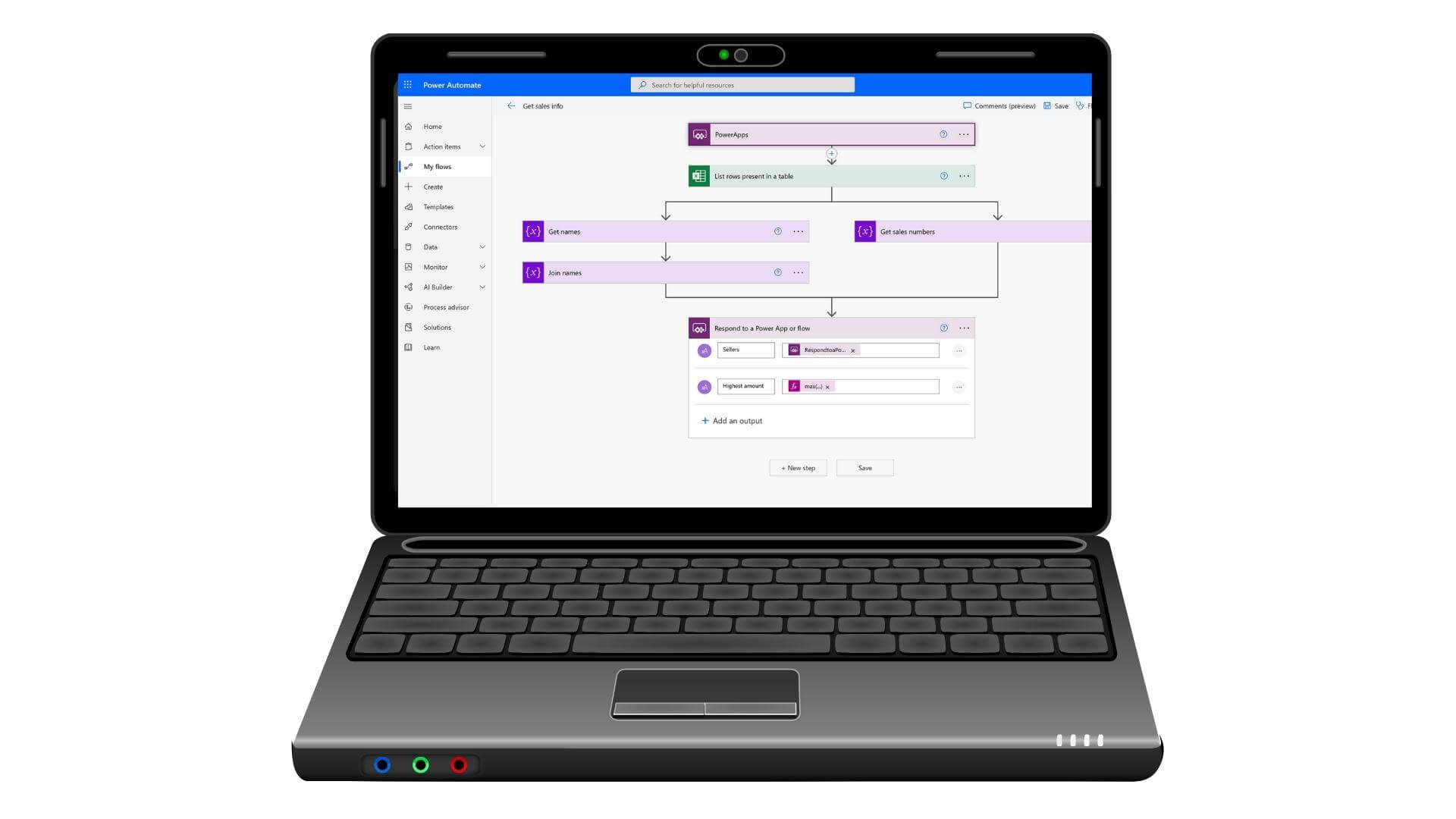Office 365: Remote work is our future
Remote work has experienced exponential growth in recent years. It is driven in large part by the COVID-19 pandemic and the need to adapt to new forms of collaboration and communication. In this context, Microsoft 365 has emerged as an essential tool for businesses around the world. In this blog, "Office 365: Remote work is our future", we will look at how the future of remote work is changing.


Microsoft 365: the end-to-end solution for remote work
Microsoft 365 offers a wide range of tools and applications that facilitate teamwork and online collaboration. These include:
Microsoft Teams. Communication and collaboration platform.
Outlook. Email and calendar.
OneDrive. Cloud storage.
SharePoint. Document and Web site management.
Power Automate. Workflow automation.
These tools facilitate work in Office 365. Moreover, they allow employees to work efficiently from anywhere, ensuring business continuity and productivity.
The importance of security in remote work
Information security is a key concern for companies adopting remote work. Microsoft 365 offers robust and reliable security solutions to protect data and ensure user privacy. Some notable features include:
Advanced threat protection.
Encryption of data at rest and in transit.
Multi-factor authentication.
Data loss prevention.


Office 365: Working with Microsoft Teams
Microsoft Teams is the real-time collaboration center of Microsoft 365. It allows communication through chats, video calls and voice calls. Collaboration on shared documents is also available. In conclusion, with Microsoft Teams, employees can:
Organize virtual meetings. Virtual meetings have become a fundamental component of remote work. Microsoft Teams makes it easy to organize online meetings by allowing users to schedule and join video calls and conferences with just a few clicks.
File and document sharing. It also facilitates collaboration on files and documents by allowing users to easily share them with their teammates. With applications such as OneDrive and SharePoint, employees can store documents in the cloud and share links to access them instead of sending attachments via email. This ensures that all team members have access to the latest version of a file and avoids confusion caused by multiple versions.
Work on documents simultaneously.
Integrate third-party applications.
Channels. The ability to create specific channels for projects, teams or topics, making it easier to organize communication and collaboration.
Virtual whiteboard. an interactive tool that allows users to collaborate in real time on a digital whiteboard, ideal for brainstorming sessions or visual explanations.
Meeting recording. The ability to record and store meetings in the cloud for later review. So this allows employees to stay informed even if they cannot attend in person.
Leveraging the potential of Microsoft 365 applications
In addition to basic applications such as Word, Excel and PowerPoint, Microsoft 365 includes other applications and services that can improve remote work productivity and efficiency:
Planner. Task and project management.
Forms. For creating forms and surveys.
Stream. For sharing and managing videos.
Power BI. For visualizing and analyzing data.
These applications allow teams to work more efficiently and adapt to the needs of remote work.
Office 365: Working with Power Automate
Power Automate is a Microsoft 365 tool that allows you to automate workflows and repetitive tasks, saving employees time and effort. Some examples of automation include:
Create automatic notifications. Send notifications to employees when specific events occur. Examples include the assignment of a new task, the completion of a project, or the receipt of an important email. This ensures that employees are always aware of relevant updates and changes.
Generate periodic reports. Automating report generation can save time and effort. It collects and presents information on a regular and consistent basis. For example, Power Automate can be configured to generate monthly sales reports or employee performance analyses. These reports can be automatically sent to team members or management.
Automatically update databases. Database management can be a time-consuming and resource-intensive process. You can automate the updating of databases by detecting changes in specific files or applications and applying the appropriate changes to the database. This ensures that information is always up to date and reduces the risk of human error in data management. It also allows employees to focus on more important and higher-value tasks.
Document approvals. Automate the document approval process by creating workflows that send approval requests and notify users when they are approved or rejected.
Event tracking. Set up workflows to monitor events, such as the creation of new files or the assignment of tasks. You can also send automatic notifications to interested users.
Automatic responses to e-mails. This streamlines communication and improves team efficiency.


Training and development in the remote environment
Microsoft 365 also offers resources for training and skills development, enabling employees to improve their skills and adapt to new technologies. This includes:
First, tutorials and online courses.
Secondly, customized learning resources.
Finally, certifications and training programs.
Integration of third party applications
Microsoft 365 enables third-party application integration, allowing businesses to tailor the platform to their specific needs and improve productivity. Some popular integrations include:
Trello. Project management.
Zoom. Make video calls and meetings.
Salesforce. Customer relationship management (CRM).
Asana. App for project and task management. Allows assigning tasks, setting deadlines and tracking progress.
Slack. Another communication and collaboration platform. You can integrate to receive notifications and share files between applications.
Adobe Creative Cloud. Accessing and editing documents and multimedia files directly from Microsoft 365. As a result, it facilitates collaboration in creative projects.
Adaptability to different sectors and company sizes
One of the advantages of Microsoft 365 is its adaptability to different industries and company sizes. Whether a small local business or a multinational, Microsoft 365 offers scalable and customizable solutions that adapt to the specific needs of each organization.
Office 365: Hybrid work and the future of remote work
Hybrid work, which combines face-to-face and remote work, has become an emerging trend in the business world. Microsoft 365 is ready to support this model. It provides the tools and solutions that ease the transition and ensure business continuity.


Microsoft’s investment in innovation
Microsoft continues to invest in research and development, ensuring that Microsoft 365 remains a leading platform for the future of remote work. This includes new features, security enhancements and integration with emerging technologies such as artificial intelligence and virtual reality.
Conclusion on working with Office 365
In short, Microsoft 365 is changing the future of remote work by providing comprehensive and scalable solutions for collaboration, communication and security in the digital age.
Thanks to its broad set of tools and applications, as well as its focus on innovation and adaptability, it has become an indispensable ally for businesses. So if you haven’t yet adopted Microsoft 365, now is the time to consider how this platform can improve productivity and efficiency in the world of remote work.
Also, remember that in our online store you can purchase your Microsoft 365 legal license for a very competitive price.




